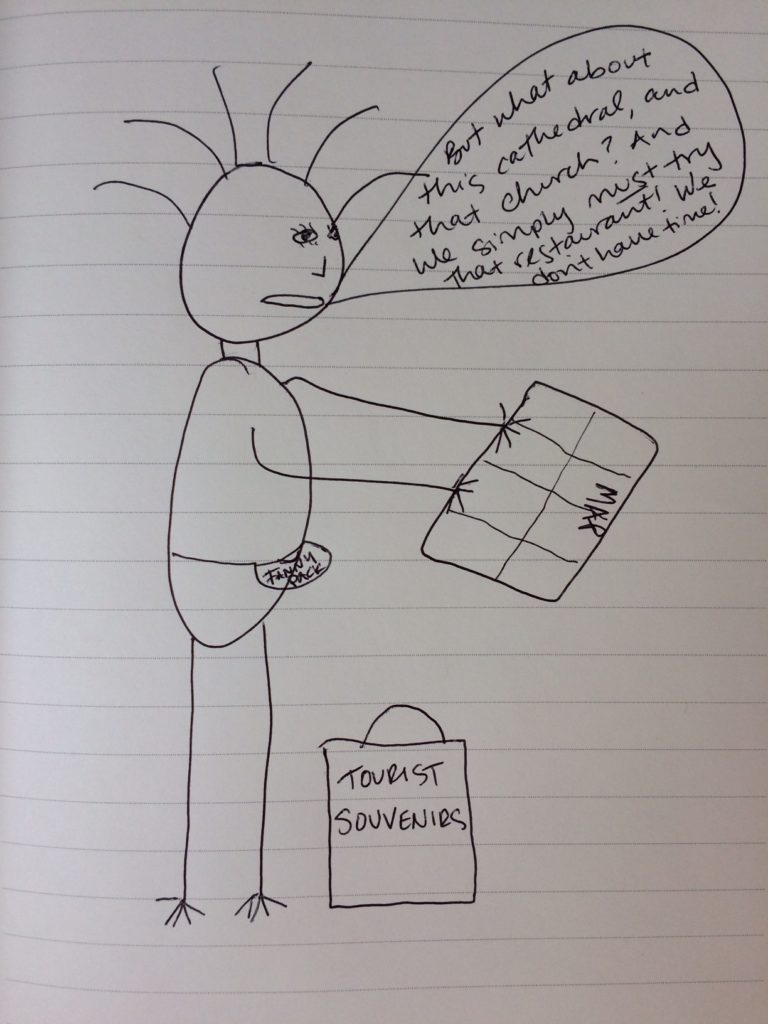Entry: Enclosure and care of small furry mammals and reptiles
The enclosure and care of small furry mammals and reptiles (linguistic term: “pets”) otherwise found living in uninhabited areas of the planet is a practice that quite a few of this species appear to derive great joy from. Enclosure occurs generally within the confines of the specie’s main abode (linguistic term: “home” or “house”), however, with smaller reptiles and mammals, enclosure may occur in cages within the home. The most frequent form of species-pet engagement is the stroking of the pet’s head or back fur with the palm of the hand. Mammals who are able to roam free in the house are generally treated as part of the familial unit, although there are differences in the ways the most popular types of mammals are cared for as detailed below.
Most popular types of mammals cared for:
1. The Dog: The dog is a four-legged mammal with a furry tail that frequently wags back and forth, two round eyes, an elongated nose, and two prominent ears on the top of its head. The dog frequently leaves its mouth open to feature a hanging, panting tongue and dripping saliva.
The dog is an excitable creature and will greet the familial unit upon its return to the home with short, sharp sounds from its mouth (linguistic term: “barks”), much wagging of its tail, salivating licks from its tongue, and jumps up and down on its front and back legs. Dogs like to spend their days chewing on various objects found within the house and waiting by the door for the return of their familial unit.
Families that own dogs engage in active behavior with the dog such as taking it on walks, hikes, and bicycle trips. Dogs must also be walked to expel liquid and solid waste. Dogs will frequently roll on the ground, but do not thoroughly clean themselves, requiring outside assistance to be washed. Families that own dogs also tend to fulfill a seeming need for control by ordering their dogs around. Most dogs appear well trained and will respond to and obey the commands of their familial unit.

2 . The Cat: The cat is also a four-legged mammal, although only about 1/5 the size of the average dog. The cat is also sleeker than dogs with fur that lays flat to its body. Cats feature a tail, two round eyes, a tiny nose, and small pointy ears on the top of its head. Cats emit modulating variations of high-pitched squeaks from their mouths (linguistic term: “meow”), although they do not dangle their tongue outside of their mouths or salivate like dogs.
Cats spend the majority of their day either curling themselves into small spaces and sleeping or engaging in short bouts of erratic behavior such as sprinting, climbing, batting, or chasing tiny objects. They are also habitual groomers and will spend much time cleaning themselves and their fur with their own tongue. At the return of their familial unit, cats will either appear indifferent, or engage in protest behavior that requires the species to immediately attend to the cat’s needs. Cats exercise themselves during bouts of erratic behavior and do not depend on their familial unit for these periods of activity. If they are allowed outside of the home, cats are given free range to come and go as they please and do so without any supervision.
Contrary to the relationship between the dog and its familial unit, cats do not respond to or obey any orders of their family, and oftentimes appear to be in charge of their family in subtle ways (such as when feeding occurs, when their litter tray is cleaned, and where they sleep). At times members of the familial unit will seek out and have to entice the cat for its company. Cats are willful, independent creatures that primarily do what they want, requiring the care of good-natured owners who are open to individuality and freedom of choice.

Note: In accordance with code OBEWH2016 the final report will be submitted on January 1, 2018 to the higher council of extra-planetary research. Objective observations are sent every 7 full rotations of the planet in respect to its star and followed by a short summary of findings as directed in the standardized outline for observational reports presented in Handbook 32.7767.96.7970.


